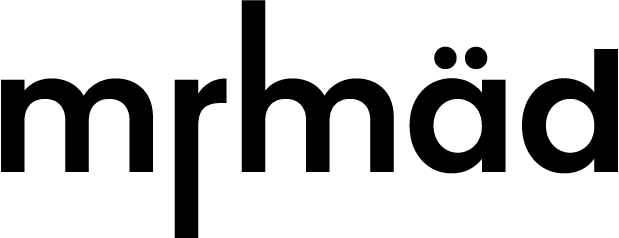Empowering Your Field Workforce, Every Step of the Way
Field Employee tracking system is designed to streamline and enhance the management and monitoring of field employees.
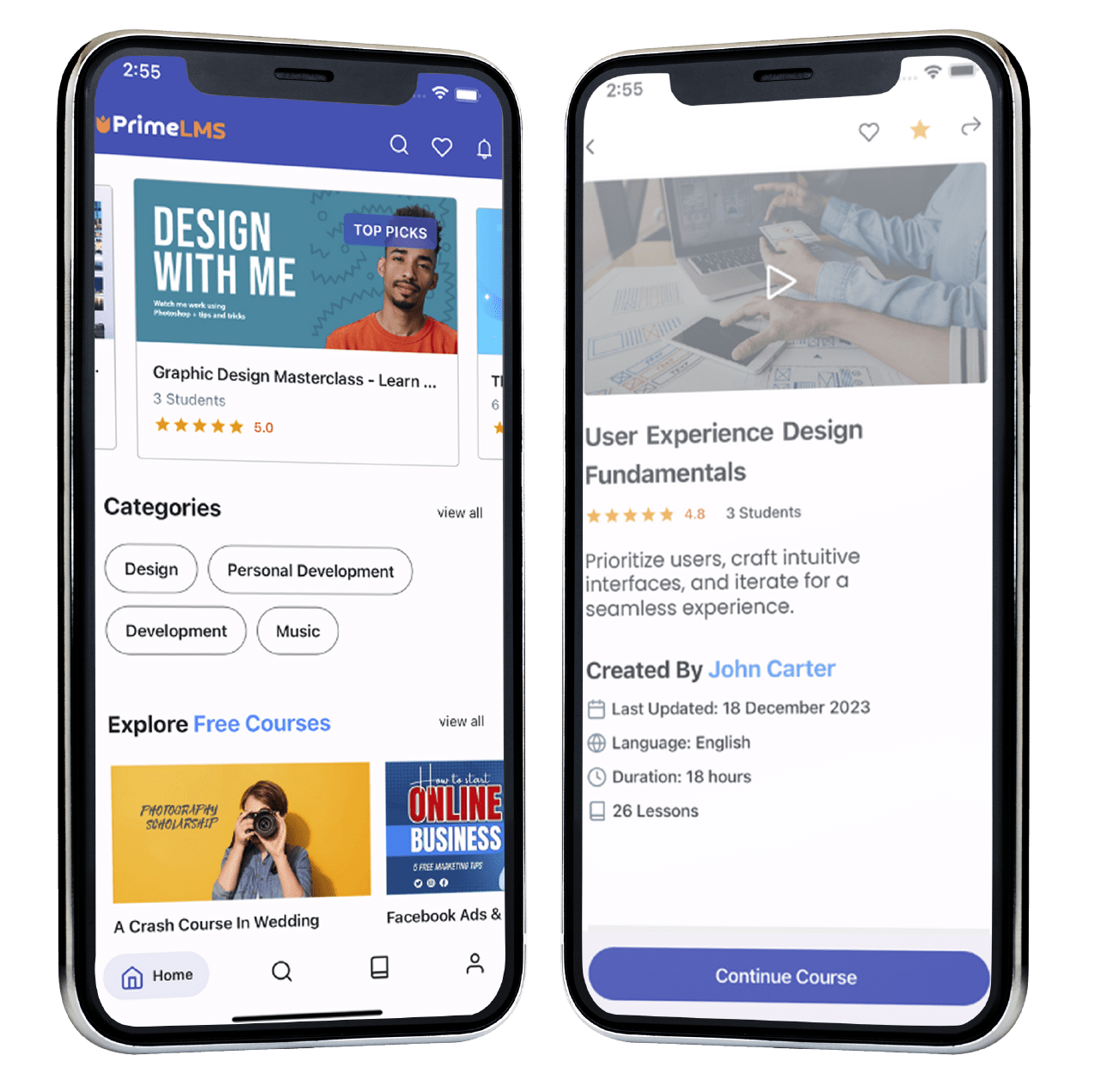
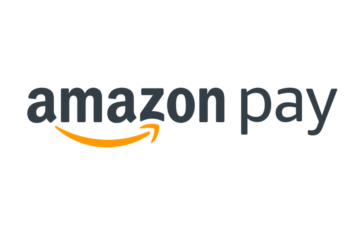
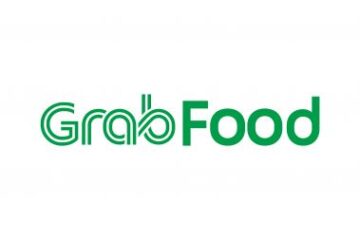
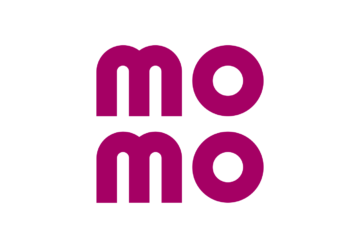
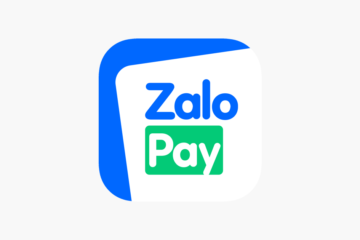
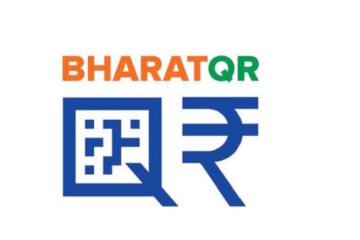

How is the Field Employee tracking system?
A Field Employee Tracking System works by leveraging a combination of technologies such as GPS, mobile applications, and web-based dashboards to monitor and manage the activities of field employees. Here’s how it typically works:
Overall, a Field Employee Tracking System provides organizations with visibility, control, and insights into their field workforce, enabling them to improve operational efficiency, customer service, and compliance while ensuring the safety and well-being of their employees.
Mobile Application Installation
Field employees install a dedicated mobile application on their smartphones or tablets. This application serves as the primary interface for accessing the tracking system and transmitting location and activity data.
Geofencing and Location-Based Alerts
Geofencing technology allows administrators to define virtual boundaries or geofences around specific areas such as job sites, customer locations, or service areas. When a field employee enters or leaves a designated geofenced area, the system triggers notifications or alerts to managers or supervisors.
Location Tracking
The mobile application continuously tracks the GPS coordinates of the field employee’s device in real-time. This location data is transmitted to the central server at regular intervals, typically ranging from a few seconds to a few minutes, depending on the configuration.
Task Assignment and Management
Managers or dispatchers use the web-based dashboard or administration portal to assign tasks or work orders to field employees. These tasks are pushed to the mobile application, along with relevant details such as task descriptions, locations, and deadlines.
How does an online astrology consultation platform work?
An Online Astrology Consultation platform typically works by connecting users with professional astrologers through digital channels such as websites, mobile apps, or video conferencing tools.
Overall, an Online Astrology Consultation platform provides users with convenient access to professional astrological guidance and services from the comfort of their homes, leveraging digital technologies to facilitate seamless interactions between users and astrologers.
User Registration
Users start by registering on the Prime LMS platform, providing necessary details to create their accounts.
Profile Creation
Users can create a profile with additional details such as birth date, time, and place, which are often necessary for astrological analysis.
Browse Astrologers
Users can browse through profiles of available astrologers, view their expertise, experience, specialization, pricing, and availability.
Book Consultation
Users can book a consultation session with a preferred astrologer based on their availability and expertise.
Browse Courses
Once registered, users can browse through a diverse range of courses available on the platform, categorized by topic, difficulty level, and more.
Interactive Learning
Prime LMS offers engaging learning materials, including video lectures, interactive quizzes, assignments, and more, all designed to enhance understanding and retention.
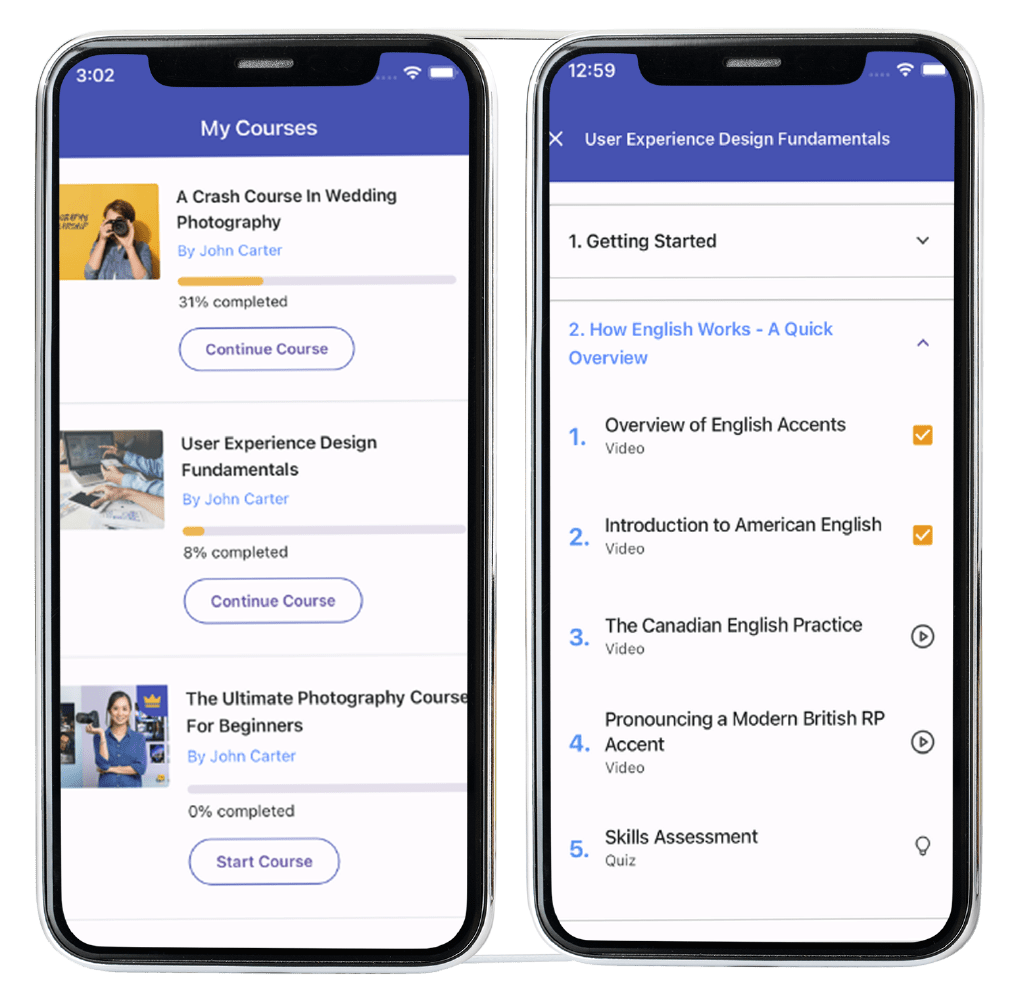
Stay Connected, Stay Productive
A Field Employee Tracking System is a comprehensive software solution designed to monitor and manage the activities and whereabouts of field-based employees, such as sales representatives, service technicians, delivery drivers, and more. This system typically utilizes a combination of GPS technology, mobile applications, and web-based interfaces to provide real-time visibility into field operations and ensure optimal efficiency, productivity, and safety.
The apps that offer a similar business model are
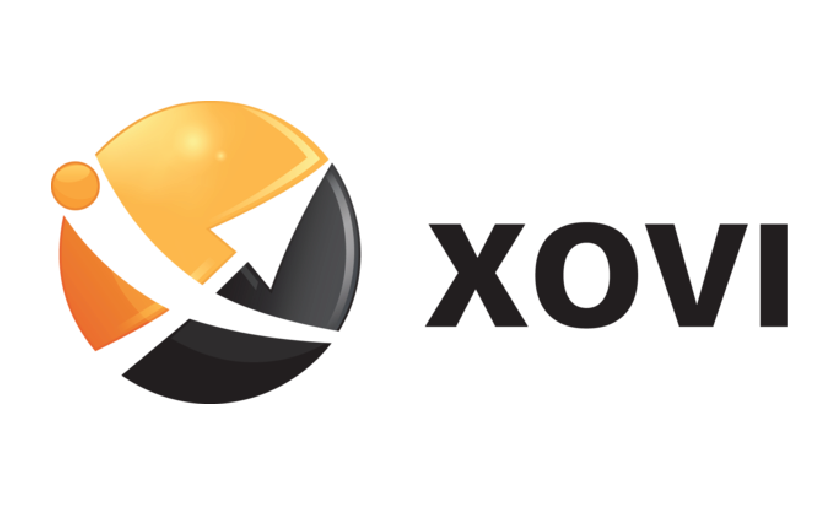
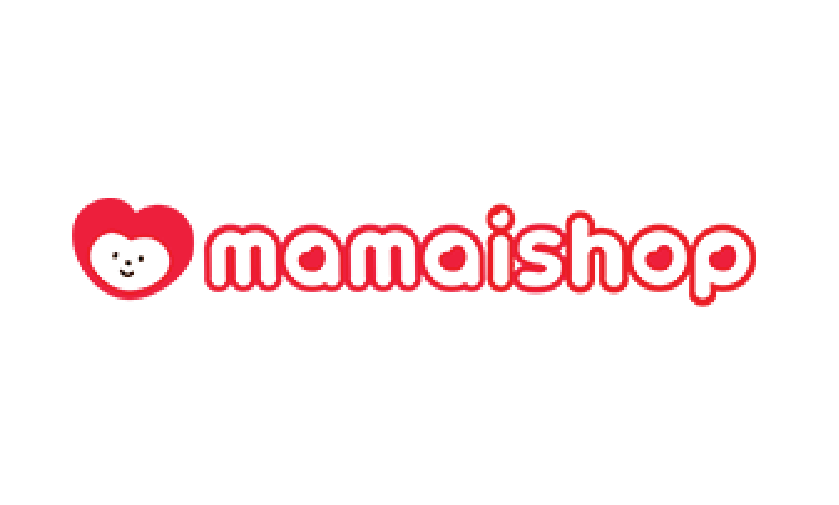

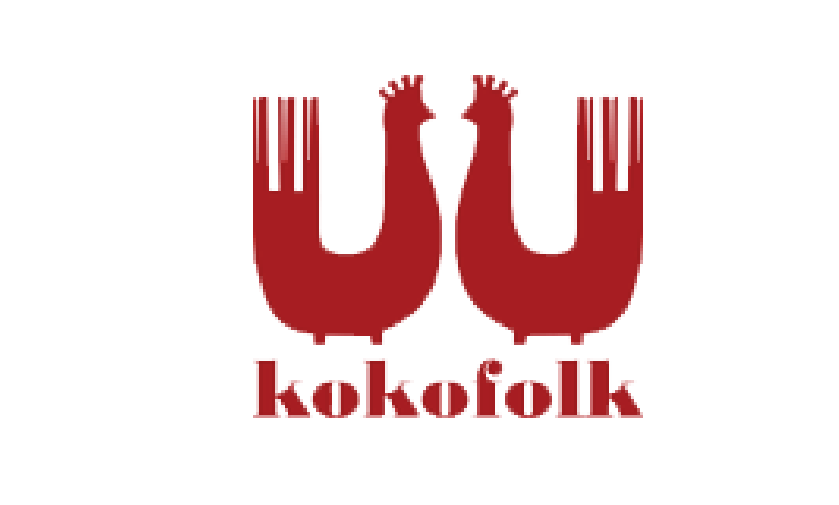

Online Astrology Consultation platforms typically offer a range of services, including birth chart analysis, horoscope readings, compatibility assessments, predictive astrology, and guidance on various aspects of life such as career, relationships, health, and finances. Users can choose from a pool of experienced astrologers, view their profiles, specialties, and customer reviews, and schedule appointments based on their preferences and availability.

Navigate Efficiency: Streamline Field Operations with Real-Time Tracking Solutions
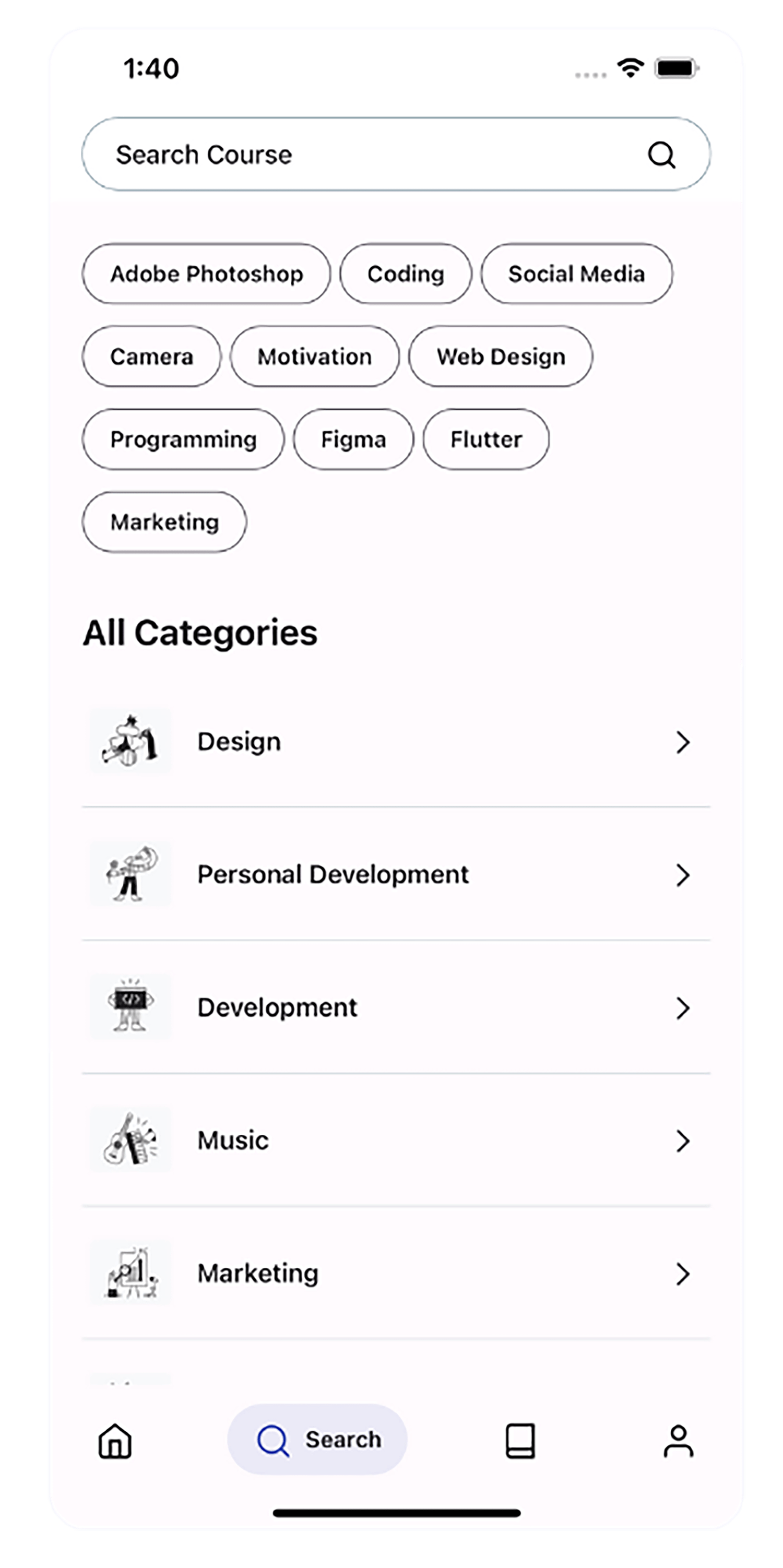
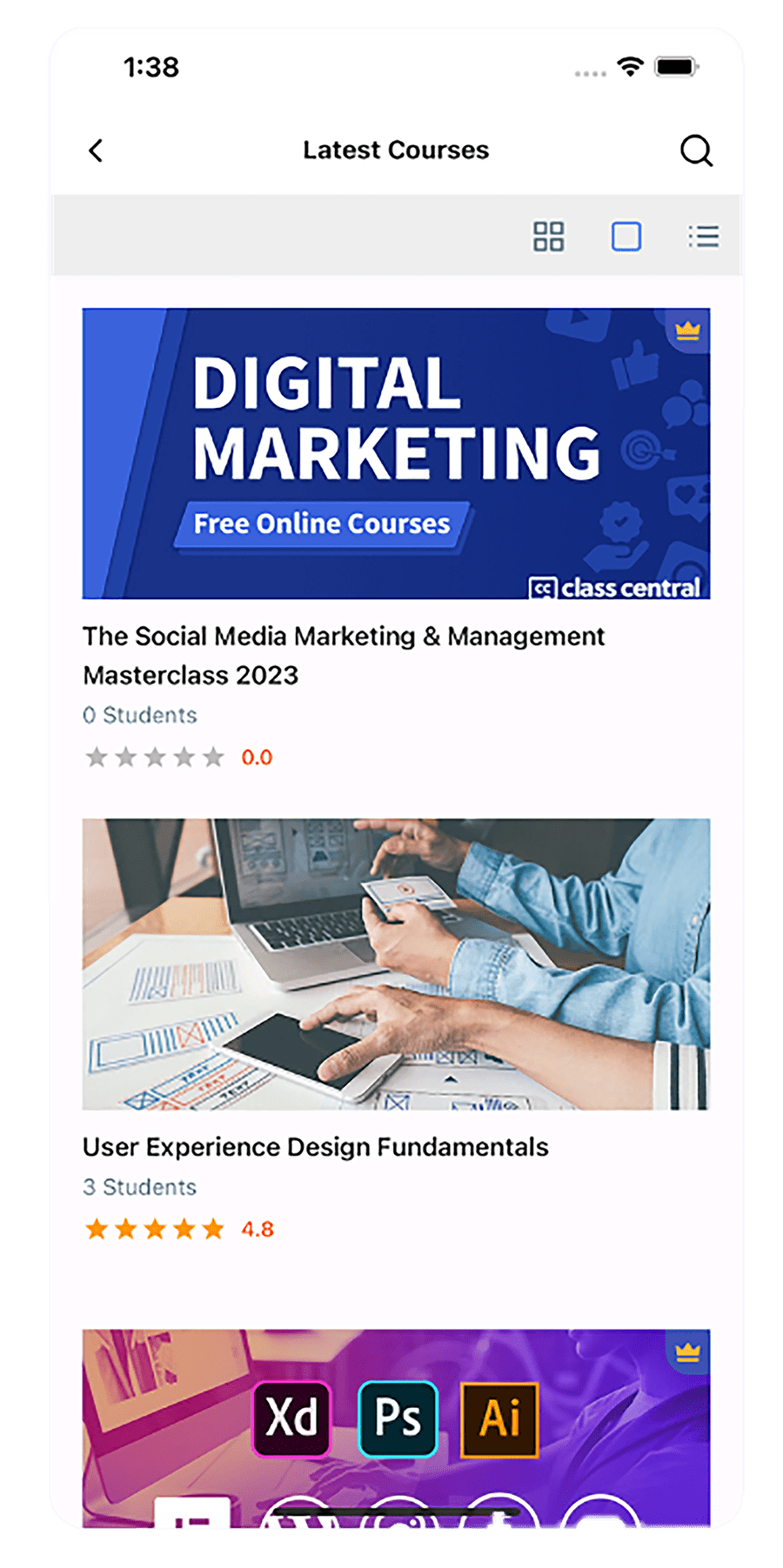
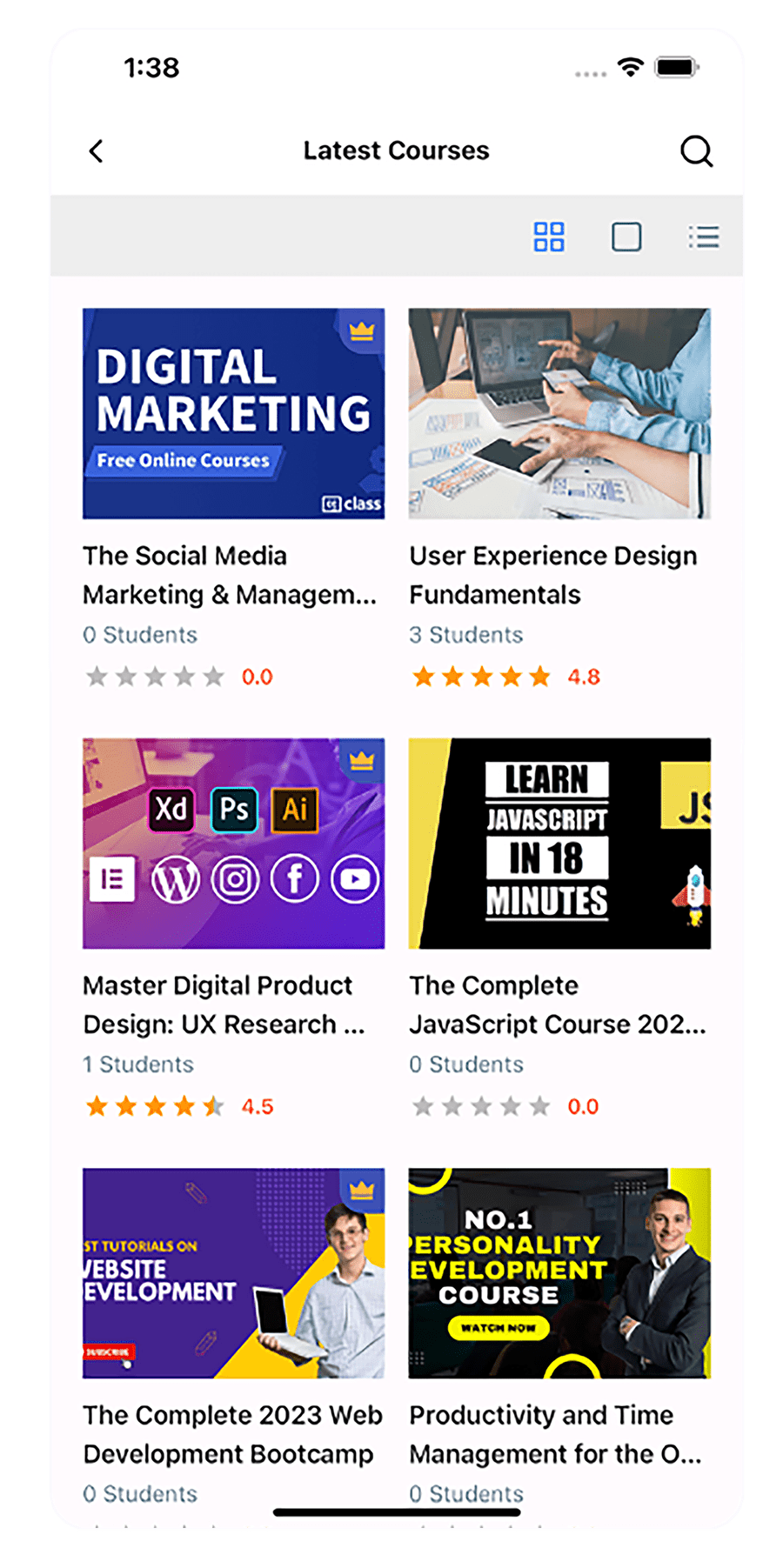
From Point A to Point B: Optimizing Routes, Enhancing Performance
User features of Field Employee tracking system
Empowering field employees, the system offers intuitive mobile applications for easy access to tasks, route guidance, and real-time communication.
Real-Time Location Tracking
Users can track the real-time location of field employees on a map.
Task Assignment
Users can assign tasks to field employees and monitor their progress.
Geofencing
Users can create virtual boundaries and receive alerts when field employees enter or leave designated areas.
Communication
Users can communicate with field employees via messaging or chat features.
Attendance Tracking
Users can monitor field employee attendance and working hours.
Performance Reports
Users can access reports on field employee performance and productivity.
Security
QR Pay systems often employ encryption and secure authentication methods to protect user data and prevent fraud. Additionally, some QR Pay apps require PINs, biometrics, or passwords for authorization, enhancing the security of transactions.
Merchant Offers and Discounts
Users may be able to pay bills for utilities, services, or subscriptions through the QR Pay app, streamlining the payment process for recurring expenses.
International Payments
Depending on the app and its capabilities, QR Pay might allow users to make cross-border payments, making it a convenient option for travelers or international transactions.
With personalized dashboards, users gain visibility into their schedules, tasks, and performance metrics, ensuring they stay productive and focused on their objectives while on the go.
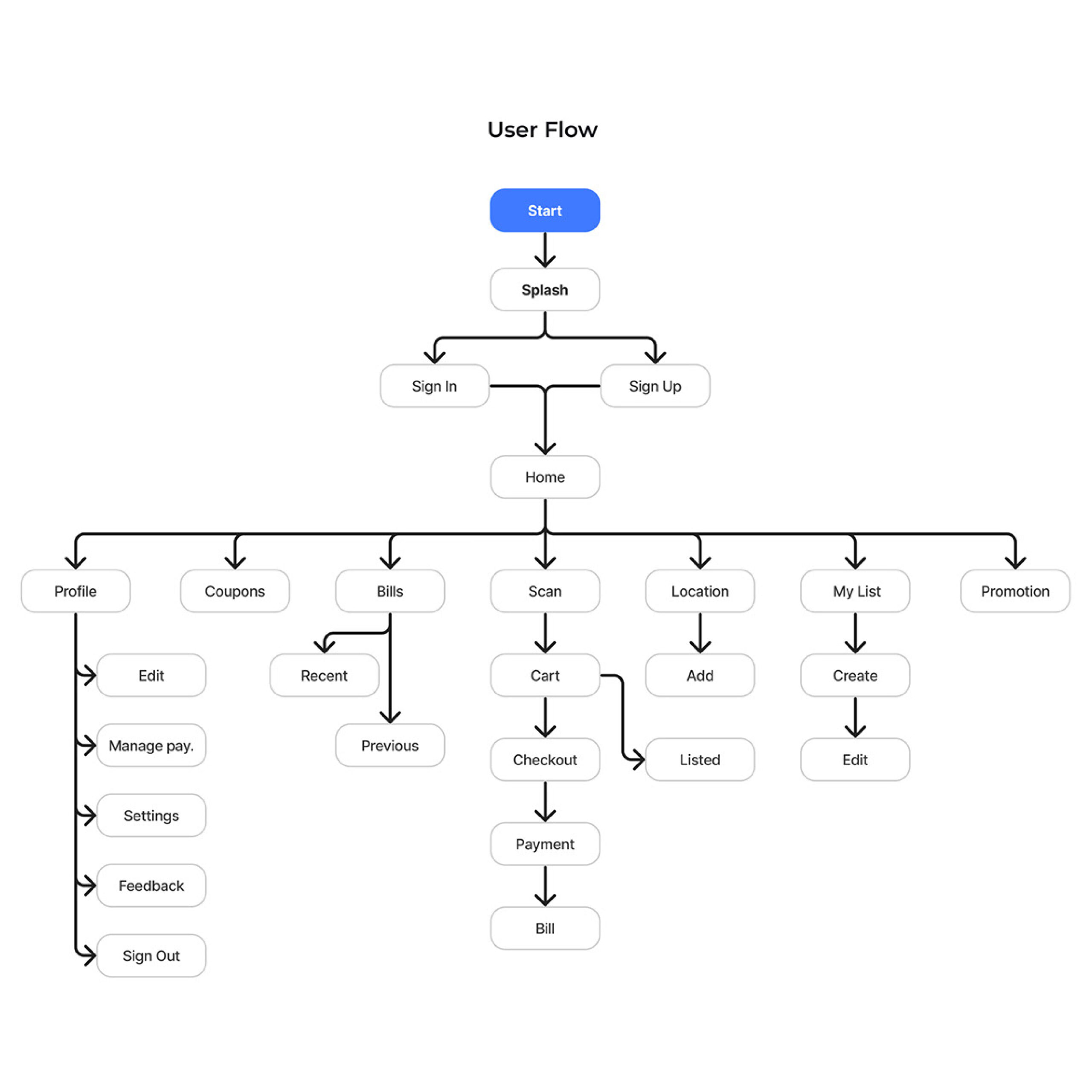
Merchant features
Merchants benefit from streamlined task assignment and tracking, enabling efficient allocation of resources and optimized workforce management
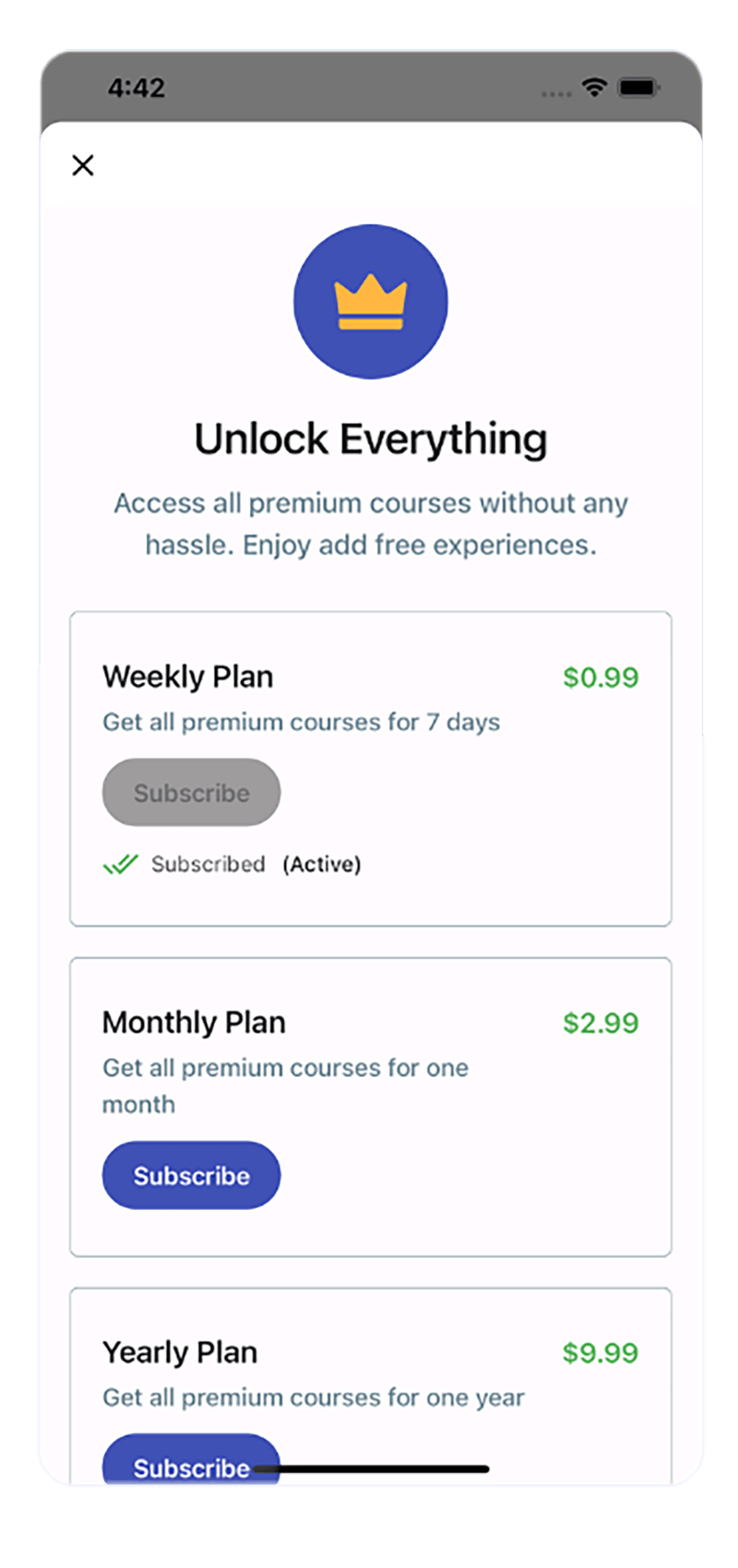
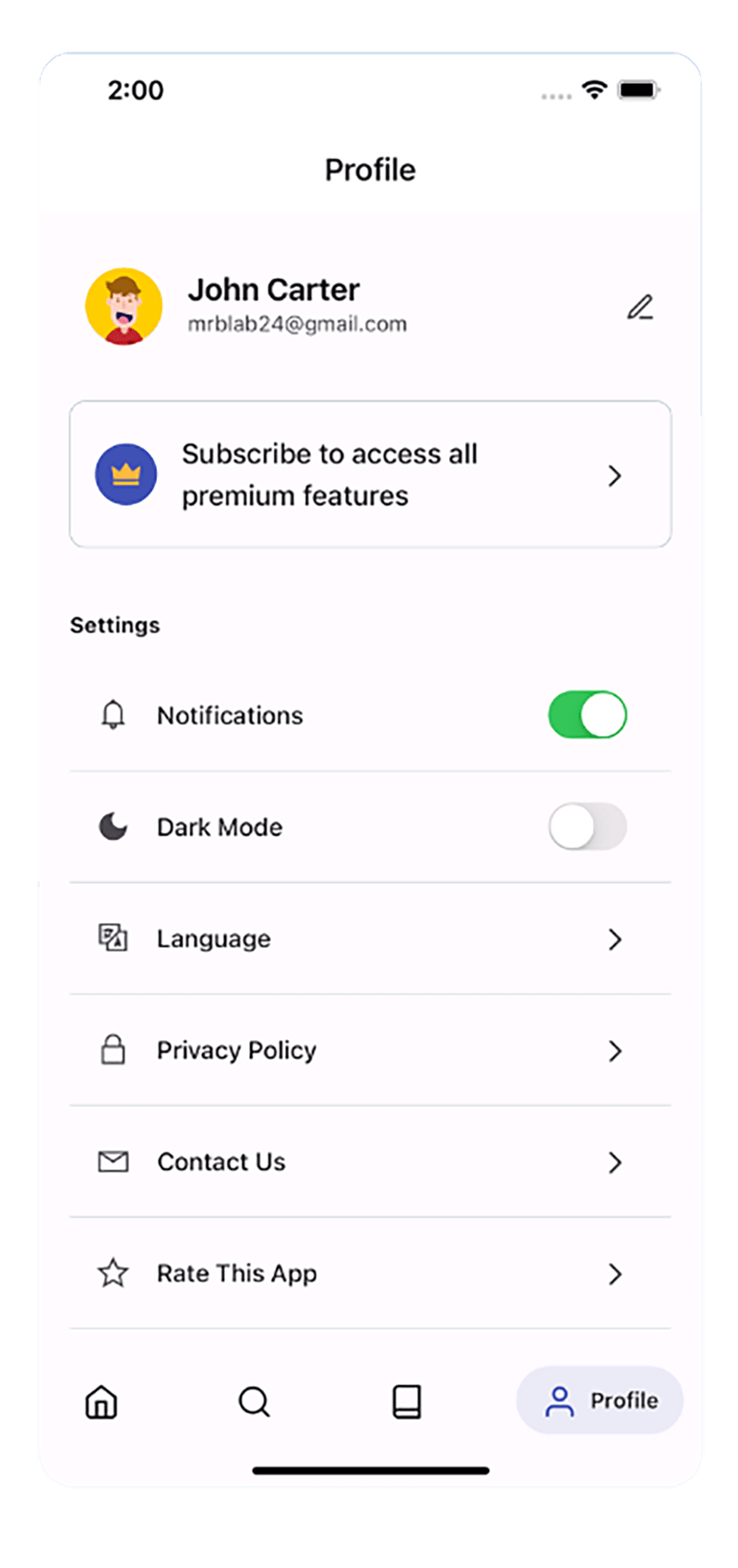
Task Management
Merchants can assign tasks to field employees based on their skills and availability.
Route Optimization
Merchants can optimize routes for field employees to minimize travel time and costs.
Customer Management
Merchants can manage customer information and assign field employees to specific customers or locations.
Billing and Invoicing
Merchants can generate invoices for services rendered by field employees.
Feedback and Ratings
Merchants can collect feedback and ratings from customers regarding field employee performance.
Inventory Management
Merchants can track inventory levels and assign field employees to restock or replenish inventory as needed.
Integration with POS Systems
Many QR Pay services can integrate with existing Point-of-Sale (POS) systems, allowing merchants to seamlessly incorporate QR payments into their current payment processing infrastructure.
Customizable QR Codes
Merchants can often customize their QR codes, adding logos or branding elements to make them more visually appealing and recognizable to customers.
Seamless Refunds and Disputes
In case of any disputes or the need for refunds, QR Pay apps typically offer a smooth process for merchants to handle these situations.
Promotions and Loyalty Programs
Some QR Pay systems allow merchants to set up promotions, discounts, or loyalty programs to incentivize customer engagement and repeat business.
International Acceptance
Depending on the QR Pay service, merchants may be able to accept payments from customers internationally, expanding their customer base and potential sales.
Super Admin Panel
Super admins wield powerful oversight capabilities, managing user access, system configurations, and data security protocols with ease.
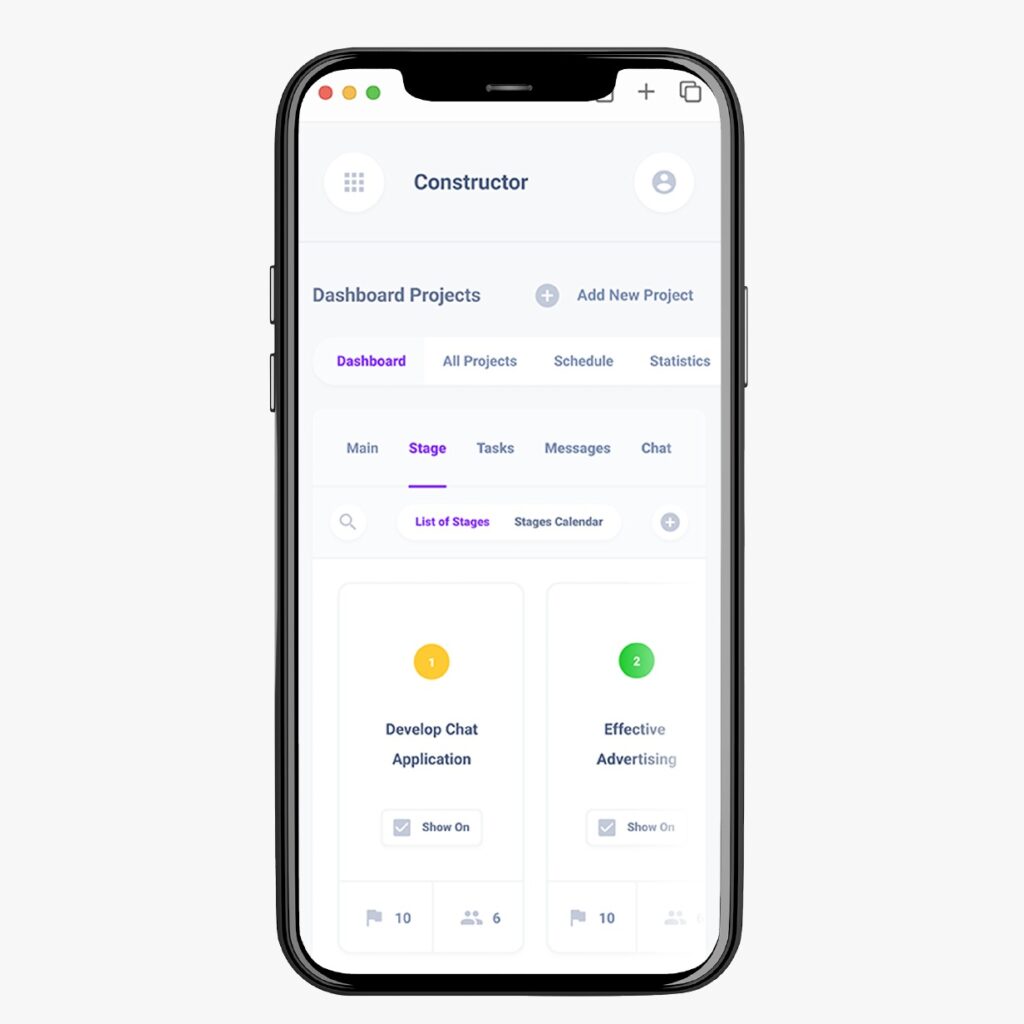
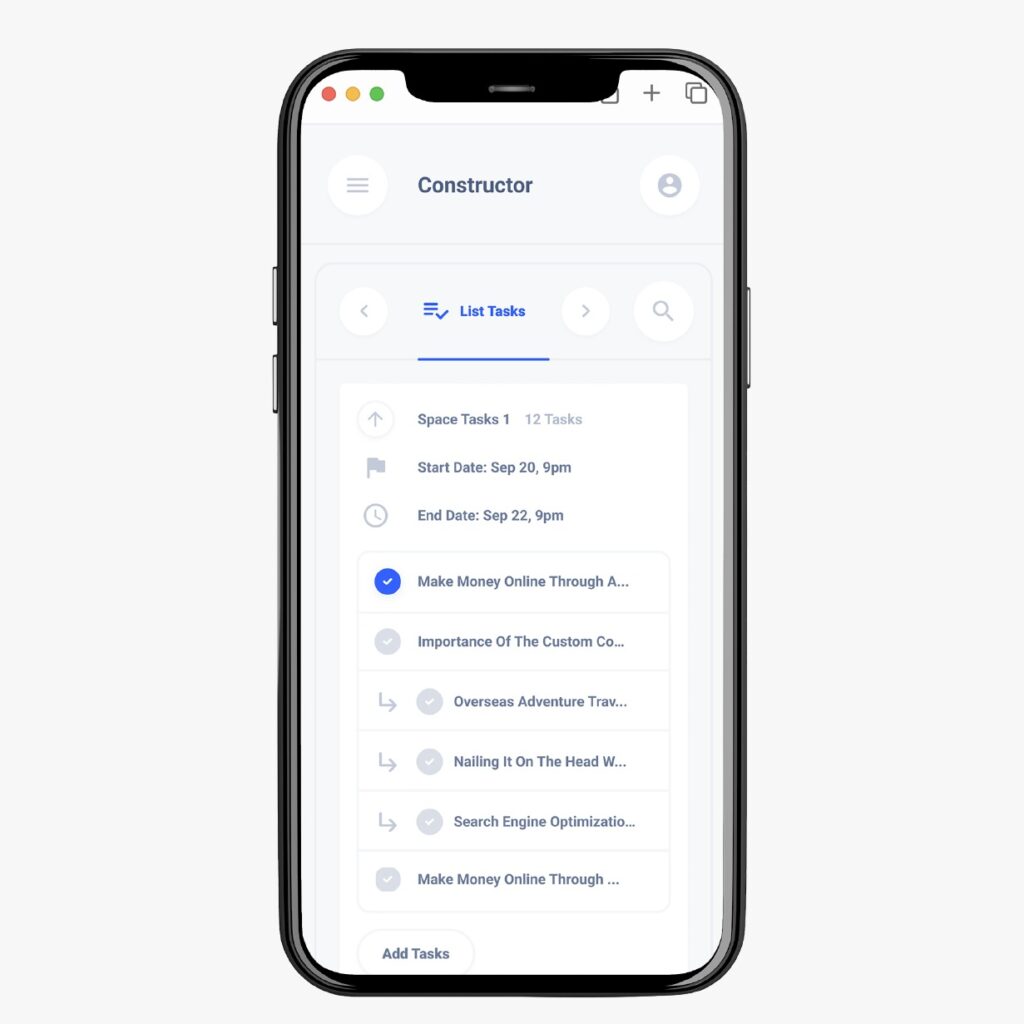
User Management
Super admins can manage user accounts, roles, and permissions.
Dashboard
Super admins have access to a centralized dashboard for monitoring field employee activities and performance.
Analytics and Reporting
Super admins can generate reports and analytics on key performance indicators (KPIs) for analysis and decision-making.
System Configuration
Super admins can configure system settings, including geofences, notifications, and alerts.
Integration Management
Super admins can manage integrations with other systems or platforms.
Security and Compliance
Super admins oversee security measures and ensure compliance with regulations such as data privacy laws.
System Settings and Customization
The panel typically provides options for customizing the appearance, branding, and settings of the payment platform to align with the company's identity.
API Management
If the payment system offers APIs for integration with other services, the Super Admin Panel may include API management features, allowing super admins to monitor API usage and manage access.
Support and Customer Service
Super admins may have access to customer support tools and features to address any issues or inquiries related to the payment platform.
Notifications and Alerts
The panel can be equipped with features to set up notifications and alerts for critical events, such as high-value transactions or system issues.
Backup and Recovery
Super admins might have the ability to perform backups of the payment system's data and configure disaster recovery procedures.
Merchant Management
Super admins can manage merchant accounts, review applications, approve or reject new merchants, and monitor the performance of existing merchants.
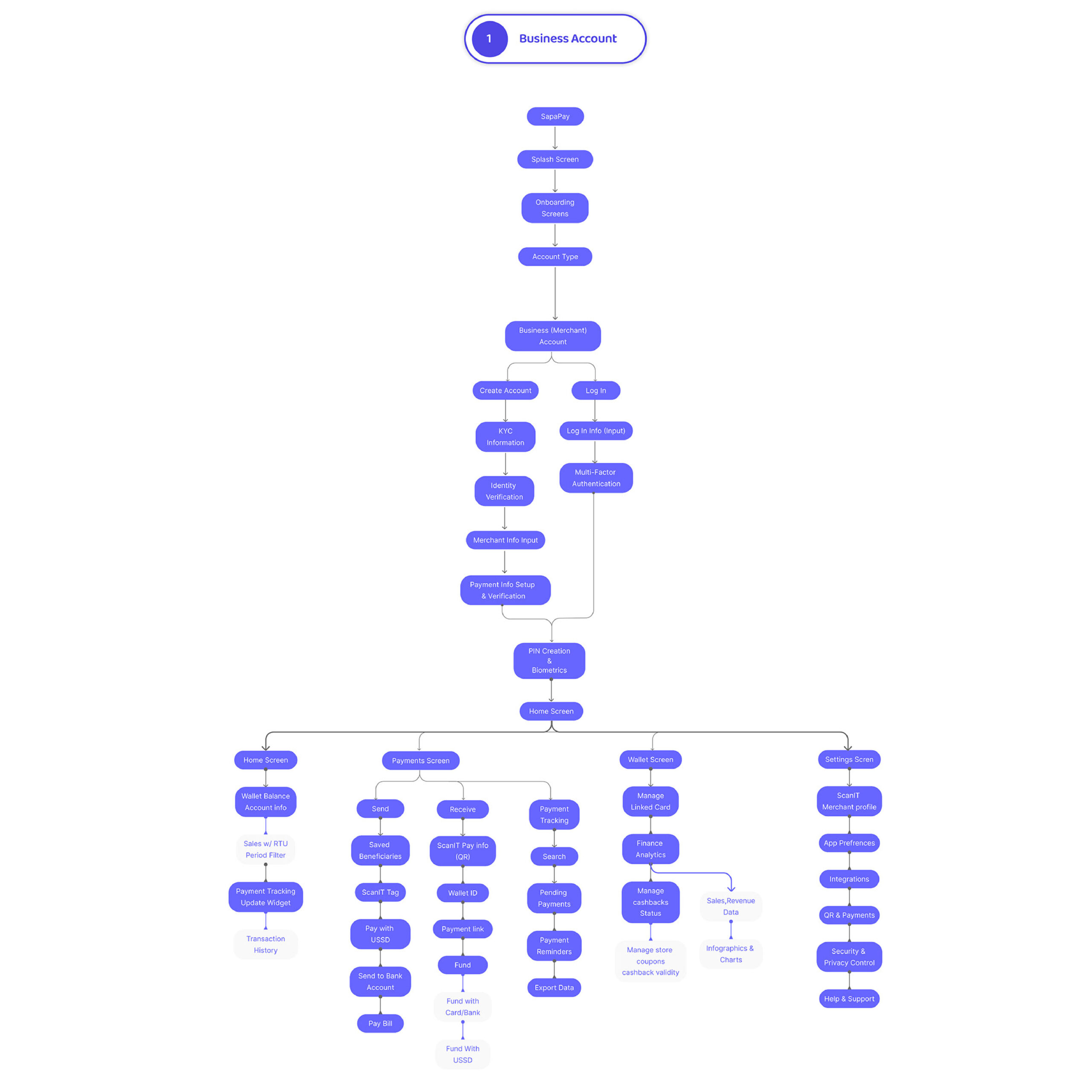
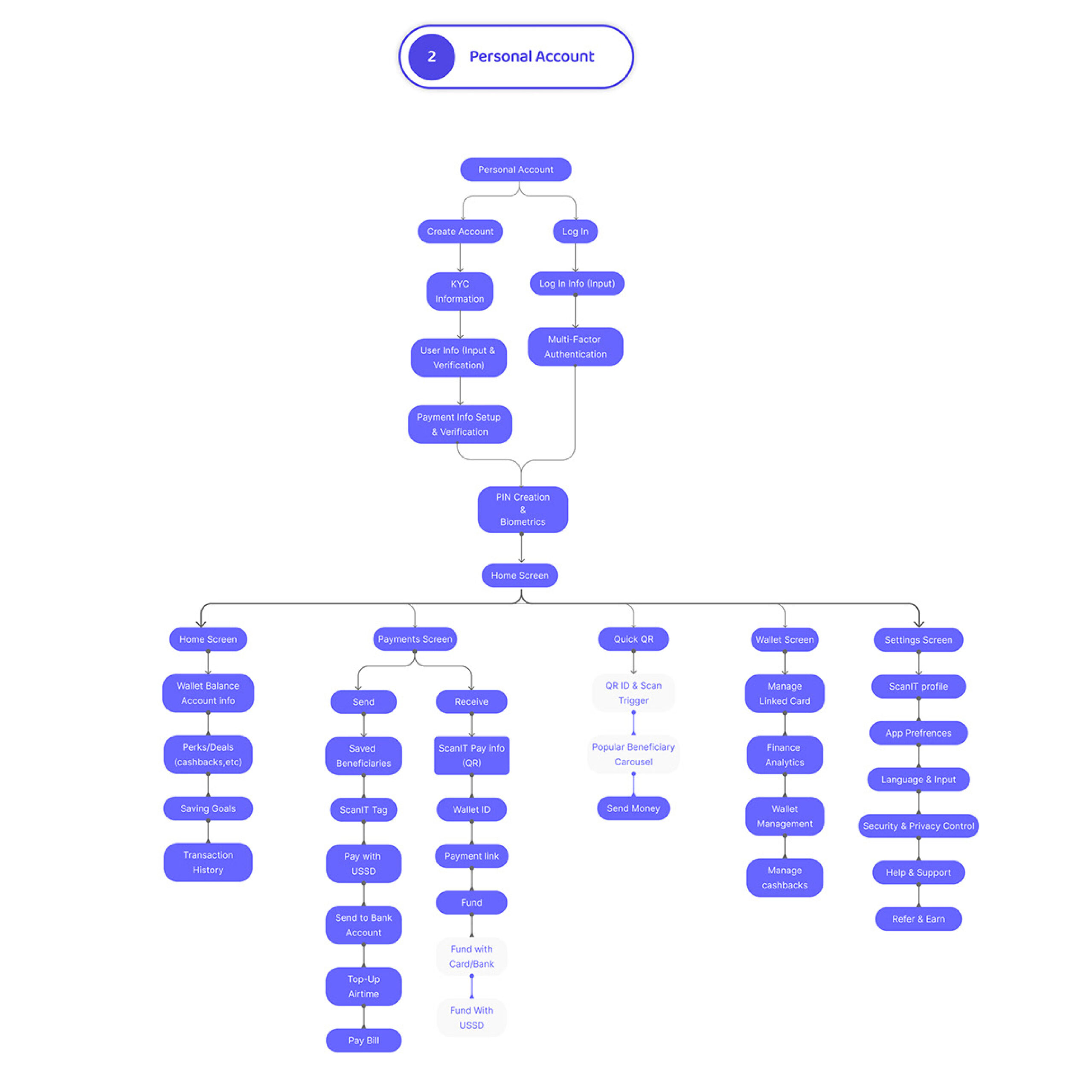
Tech stack used
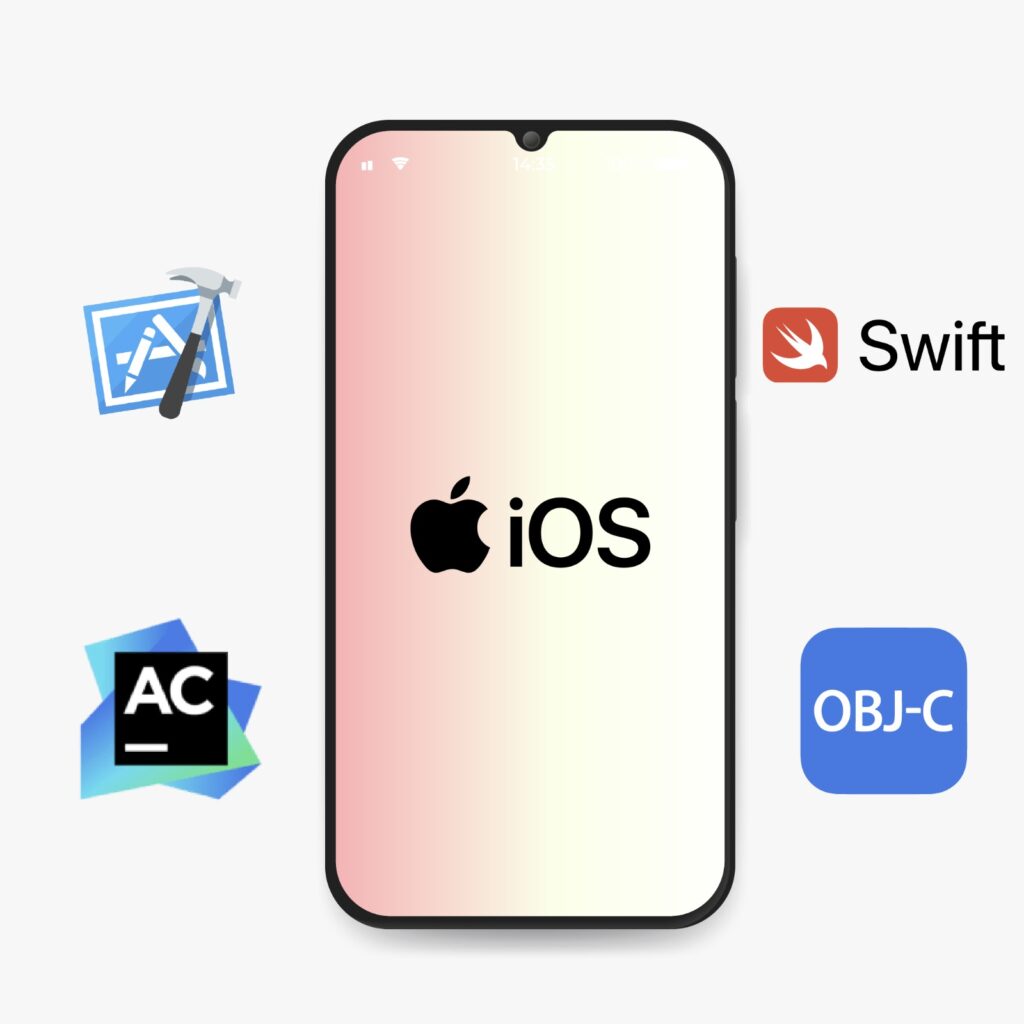
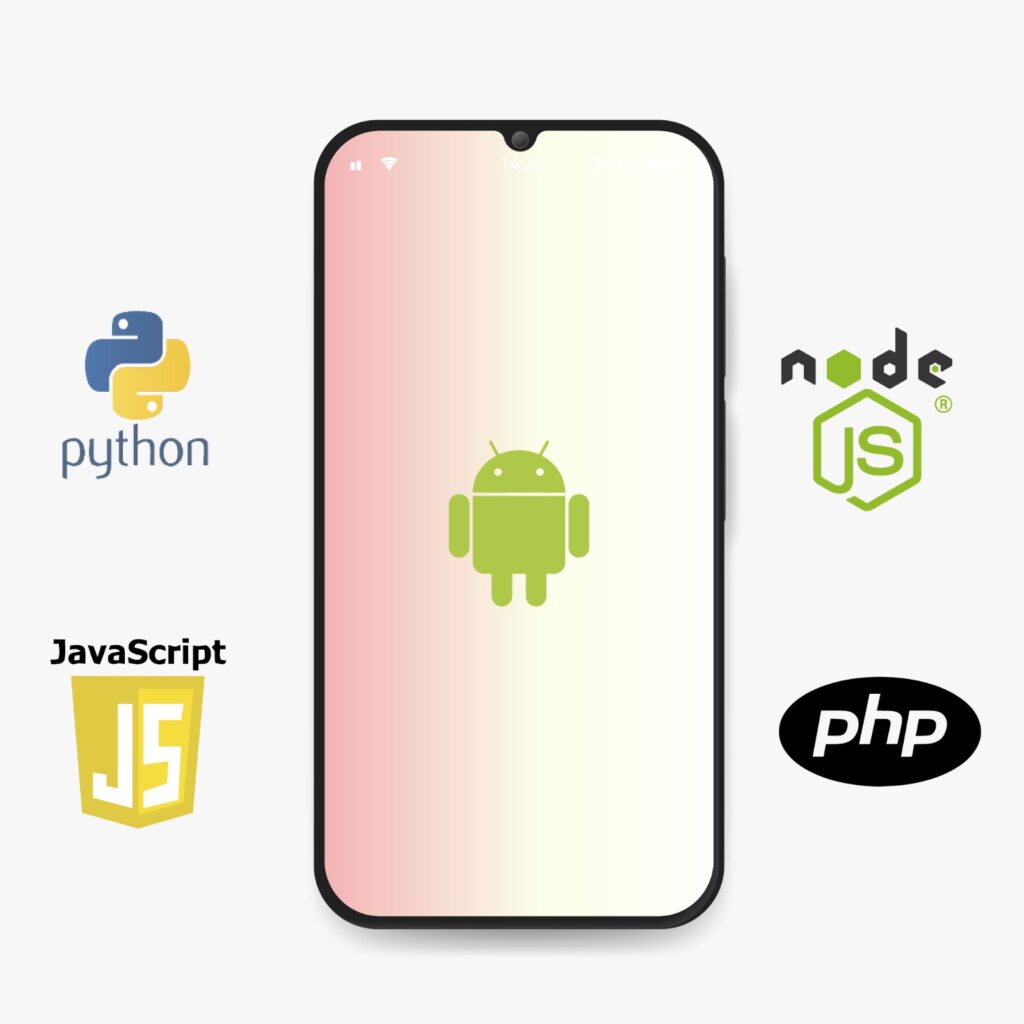
Backend Development
The backend of the system is typically developed using robust server-side technologies such as Node.js, Python (with frameworks like Django or Flask), or Java (using Spring Boot or similar frameworks). These technologies handle the core business logic, data processing, and communication with the frontend and external APIs.
Database Management
A relational database management system (RDBMS) like PostgreSQL or MySQL is commonly used to store and manage data related to field employees, tasks, schedules, locations, and more. These databases ensure data integrity, scalability, and efficient query processing.
Frontend Development
The frontend of the system is built using modern web technologies such as HTML, CSS, and JavaScript, along with frontend frameworks like React.js, Angular, or Vue.js. These frameworks enable the development of responsive and interactive user interfaces for both web and mobile applications.
Mobile Development
For mobile applications, platforms like React Native or Flutter may be used to develop cross-platform mobile apps that run seamlessly on both iOS and Android devices. These frameworks offer native-like performance and user experience while streamlining development and maintenance efforts.
Mapping and GPS Integration
Mapping and GPS integration are essential components of a Field Employee Tracking System. Technologies like Google Maps API or Mapbox are commonly used to display interactive maps, track real-time locations of field employees, and calculate optimal routes for tasks and assignments.
Communication and Notifications
To facilitate real-time communication and notifications between field employees, managers, and administrators, technologies like WebSockets or Firebase Cloud Messaging (FCM) may be used. These technologies enable instant messaging, push notifications, and alerts for important updates and events.
Security and Encryption
To ensure secure transactions, QR Pay systems employ encryption algorithms and security protocols. Technologies like SSL/TLS certificates and OAuth might be used to secure communications between the app and the backend servers.
Mobile Wallet Integration
QR Pay apps often integrate with mobile wallet services to enable users to link their bank accounts or credit/debit cards. This integration may involve SDKs provided by mobile wallet providers.
Cloud Services
Many QR Pay systems utilize cloud services like Amazon Web Services (AWS), Microsoft Azure, or Google Cloud Platform for hosting their backend infrastructure, ensuring scalability and reliability.
Analytics and Reporting
For tracking user behavior and transaction analytics, QR Pay systems might integrate with analytics tools like Google Analytics or custom analytics solutions.
Push Notifications
QR Pay apps often send push notifications to users. For this, services like Firebase Cloud Messaging (FCM) or Apple Push Notification Service (APNS) might be used.
Google Analytics
Firebase Cloud Messaging

Wherever They Go, You're in the Know: Track Your Field Workforce with Confidence
By leveraging a well-rounded tech stack, Field Employee Tracking Systems can deliver a reliable, scalable, and user-friendly solution that meets the needs of modern workforce management and optimization.
Support Facility
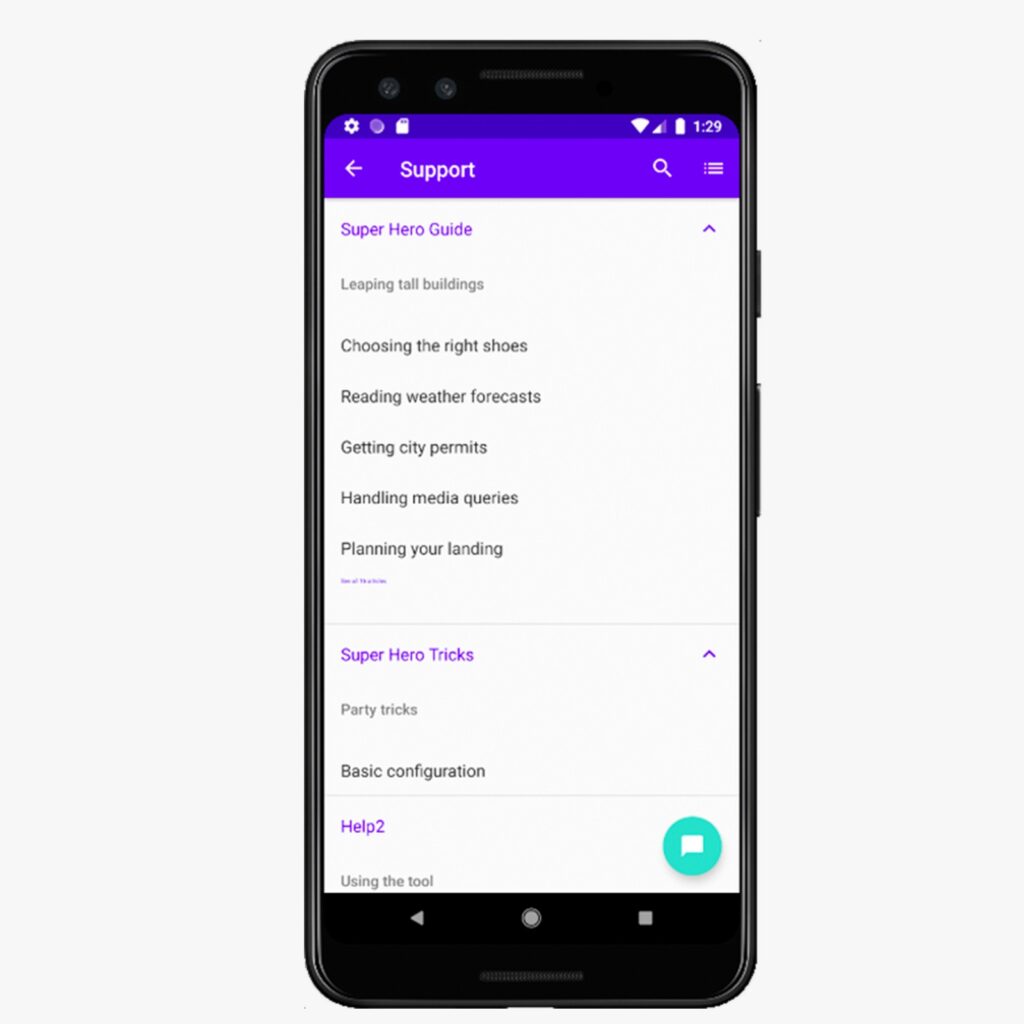
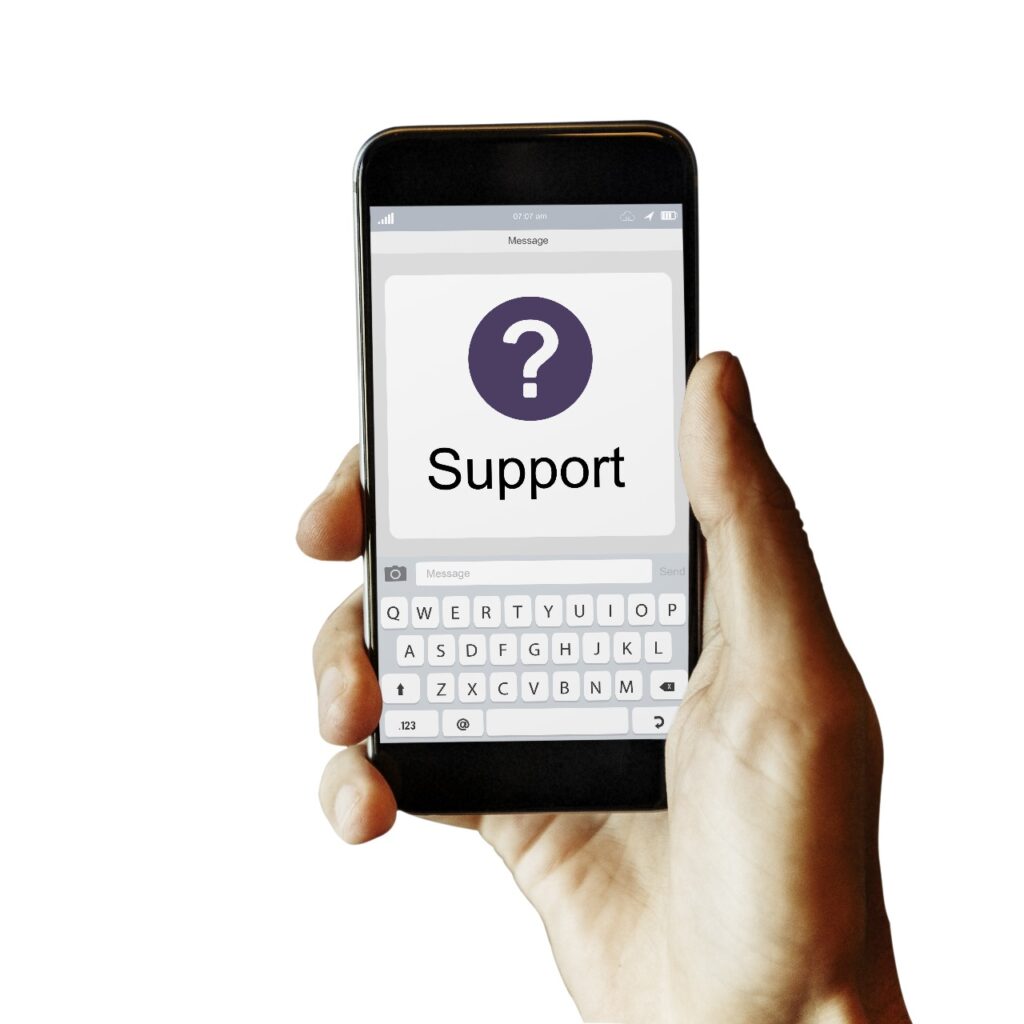
24/7 Technical Support
Provide round-the-clock technical support to address any issues or concerns that may arise with the tracking system.
Dedicated Account Manager
Assign a dedicated account manager to each client to serve as a single point of contact for all support-related inquiries and assistance.
Online Knowledge Base
Maintain an online knowledge base or FAQ section with helpful articles, tutorials, and troubleshooting guides to assist users in resolving common issues independently.
Training and Onboarding
Offer comprehensive training and onboarding sessions for users and administrators to ensure they are proficient in using the tracking system effectively.
Regular Updates and Maintenance
Conduct regular updates and maintenance of the tracking system to ensure it remains up-to-date, secure, and compatible with the latest technologies and devices.
Feedback Mechanism
Implement a feedback mechanism to gather input and suggestions from users for improving the tracking system's functionality, usability, and overall user experience.
Educational Resources
The support facility may include educational resources like video tutorials, webinars, and documentation to help users better understand and use the payment service effectively.
Escalation Process
A well-defined escalation process ensures that complex or critical issues are handled promptly by higher-level support teams.
User Feedback Mechanism
The support facility may have a user feedback mechanism, such as post-interaction surveys, to gather insights and continuously improve the quality of support.
Security and Privacy Considerations
The support facility should ensure that user data and privacy are protected, especially when users share sensitive information while seeking assistance.
Integration Support for Developers
If the payment system provides APIs or SDKs for integration, the support facility may include developer documentation and assistance for developers working on integration.
Social Media Support
Some payment systems extend support to social media platforms, allowing users to reach out and receive assistance through social media channels.
Unlock Productivity: Harness the Power of Field Employee Tracking
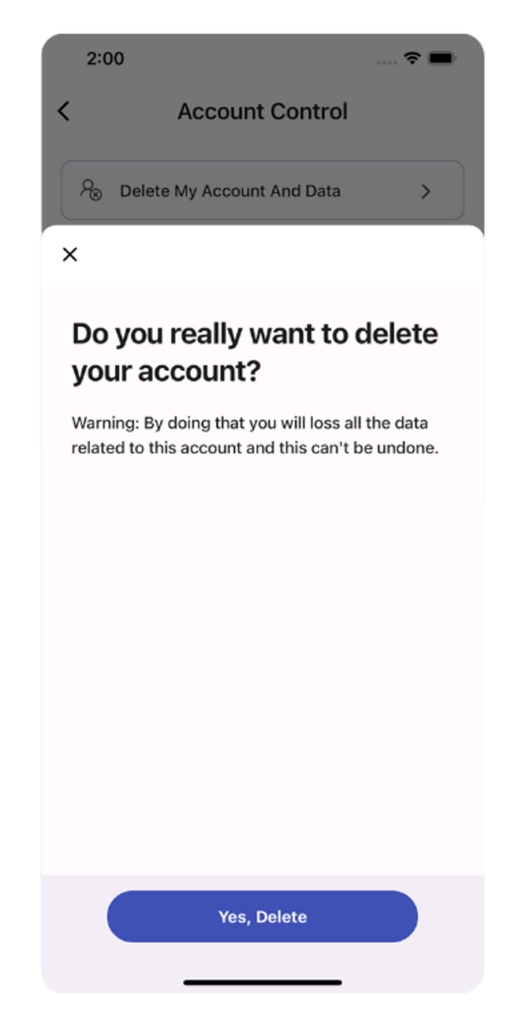
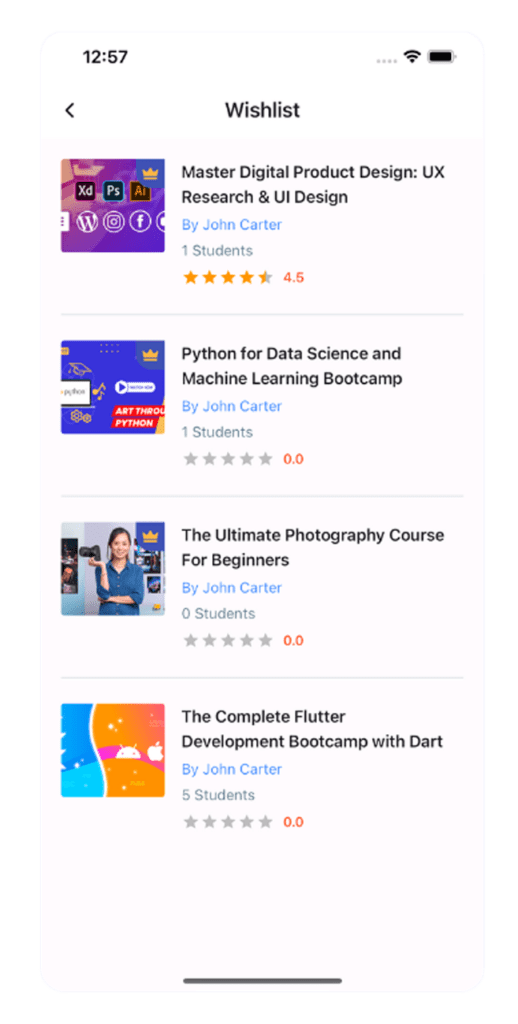
Improved Productivity
Field tracking systems enable organizations to monitor and optimize the activities of their field workforce in real-time, leading to increased productivity through better task allocation, route optimization, and resource utilization.
Enhanced Accountability
By tracking the movements and activities of field employees, these systems promote accountability and transparency within the organization. Employees are more likely to adhere to schedules, meet deadlines, and fulfill their responsibilities when they know their actions are being monitored.
Cost Savings
Field tracking systems help organizations save costs by reducing fuel expenses, optimizing travel routes, and minimizing vehicle wear and tear. Additionally, by improving efficiency and productivity, these systems contribute to overall cost reduction and operational savings.
Better Customer Service
With access to real-time location data and task status updates, organizations can provide better customer service by offering accurate delivery estimates, responding promptly to service requests, and proactively addressing customer inquiries and concerns. This leads to higher customer satisfaction and loyalty.
Cost-effective
You can replace the expensive POS with the soft POS. It tends to save operational cost with merchant self service.
Embedded finance
Easily align with your customer merchant value chain with embedded catalog QR.
Why Choose me?
I am an expert freelance developer and I can help you to develop a field tracking system with all the latest trends and functionalities.
Specialized Knowledge
I possess specialized knowledge and experience in developing complex systems tailored to the unique requirements of field tracking. My expertise ensures that the system is robust, efficient, and aligned with industry best practices.
Customization
I can tailor the platform to meet specific business needs and objectives, incorporating custom features, integrations, and workflows that maximize the value and usability of the system for the organization.
Technical Proficiency
Developing a field tracking system requires a deep understanding of various technologies, including GPS, mobile applications, backend systems, and data analytics. Expert like me have the technical proficiency to leverage these technologies effectively and create a seamless, high-performance solution.
Frequently asked questions
A Field Employee Tracking System is a software solution that allows businesses to monitor and manage the activities and whereabouts of their field employees in real-time using GPS technology and mobile applications.
The system works by tracking the GPS coordinates of field employees' mobile devices in real-time and transmitting this data to a central server. Managers can then monitor the location, activities, and performance of field employees through a web-based dashboard or mobile application.
Some benefits include improved productivity, better route planning and optimization, enhanced safety and security for field employees, accurate attendance tracking, streamlined communication, and improved customer service.
Yes, as long as it is used in compliance with applicable privacy laws and regulations. It's essential to obtain consent from employees and ensure that tracking is used for legitimate business purposes only.
Yes, most Field Employee Tracking Systems can be customized to meet the unique requirements and workflows of different industries and businesses. Customization may include features, reports, integrations, and branding.
The cost of implementation depends on factors such as the size of the organization, the number of users, the required features and customization, and the chosen vendor. Pricing models may include subscription-based plans, per-user licensing, or one-time setup fees.
Data security is a top priority for Field Employee Tracking Systems. Measures such as encryption, access controls, and regular security audits are implemented to protect sensitive data from unauthorized access or breaches.
The duration of an online astrology consultation can vary depending on factors such as the complexity of the questions, the astrologer's analysis, and the consultation format (chat, phone, or video call). Consultation sessions typically range from 30 minutes to an hour or longer.
Field Employee Tracking Systems are typically compatible with smartphones, tablets, and other mobile devices running iOS or Android operating systems. Some systems may also support dedicated GPS devices or vehicle trackers.
Yes, many Field Employee Tracking Systems offer integration capabilities with other software applications such as CRM systems, ERP systems, payroll systems, and more, to streamline data sharing and workflow automation.
To ensure a smooth transition, it's essential to provide comprehensive training and support to users, involve key stakeholders in the implementation process, communicate the benefits of the system effectively, and address any concerns or resistance from employees proactively.
